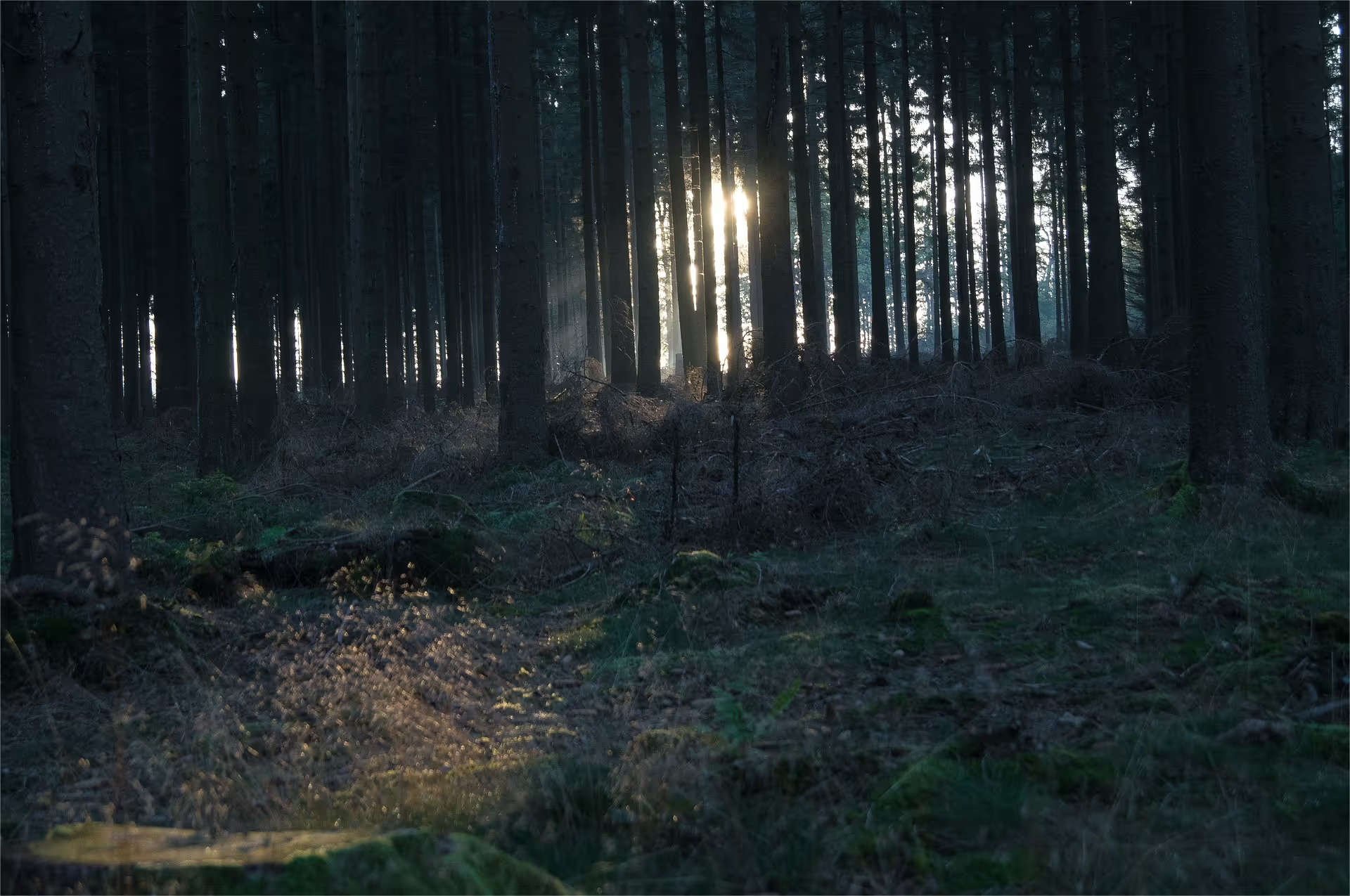What Will Happen to the Raccoon in the Woods?


One of my favorite ways to wake up and start the day is by taking my dog for a run through one of the local trails. We enjoy a number of wildlife sightings along our usual route, seeing deer, raccoons, blue herons, and mallards (our favorite) most mornings. The other day, we were met with a rather grim sight: a raccoon that, by the looks of it, had met its untimely death not too long before we arrived.
Knowing that my dog would be excited to roll on the remains of the raccoon if given even half of a chance to do so, I decided to find another route and avoid our favorite trail until the body of the raccoon was gone.
But, just how long would that take?
There is a good chance that the raccoon’s remains are no longer on the trail—gone already. Initially, the raccoon’s body was a valuable source of food with a high concentration of energy and nutrients available. Scavengers, like opossums, vultures, crows, and others, will often feed on the flesh of dead animals. It’s likely that other local animals already feasted on the remains of the raccoon.
However, if left undisturbed by other animals, weather, and other environmental factors, traces of the raccoon could remain on the trail for weeks or even years. Assuming that is the case, here is what to expect next.
Days 0 to 3
Even during its life, the raccoon was already decomposing, just not outwardly. Its intestines were home to a variety of bacteria, protozoans, and nematodes, many of which were ready to be reborn upon their host’s death.
The bacteria that fed on the contents of the raccoon’s intestines during its life will begin to digest the intestine itself almost immediately, kicking off the first stage in the decomposition process. Eventually, they will break out of the intestine and move on to digest the surrounding internal organs. The raccoon’s own digestive enzymes will also spread throughout the body and contribute to the decomposition. On a micro level, the enzymes that existed within individual cells were released when the cells died. These enzymes will break down each cell and their connections to other cells.
Flies are attracted to death and will arrive early on in the decomposition process. During its life, the raccoon was easily able to swat away flies and other pests. Now, without any defenses, insects will quickly move into the raccoon and will lay eggs around wounds and other openings. When these eggs hatch, new insects will continue to move inward.
Days 4 to 10
As bacteria break down tissues and cells, they will release fluids and produce gases. These gases can be foul smelling to people, but insects will be very attracted to them. The raccoon’s body will begin to bloat, creating a pressure that will push blood and other fluids out of the body. As the rate of decay increases, the smells and fluids emanating from the raccoon will attract more insects and other scavengers.
Days 10 to 20
Between days 10 and 20, the raccoon’s body will collapse into a flattened corpse. Its flesh will be squishy in consistency, the exposed parts of its body will be dark in color, and there will be a very strong smell. The insects that arrived in the first 10 days will by now be generations of maggots and fully grown flies, which will soon migrate from the raccoon’s body into the surrounding soil.
Days 20 to 50
The raccoon’s body will eventually dry out, and will put off a “cheesy” smell, which is caused by butyric acid. The parts of the body that are in contact with the ground will become covered with mold, fungi, and other “decomposers” as the raccoon ferments.
Days 50 to 365+
Once the raccoon’s body is completely dry, it will continue to decay very slowly until all of the hair is gone and only bones exist. Organisms that feed on hair, like moths and bacteria will continue to eat, and then mites will join in the feast, eating the micro-organisms. This will continue as long as traces of the raccoon remain.
While the raccoon on the trail was a sad sight to see (before my morning coffee no less!), its death is part of life and will contribute greatly to its surrounding habitat. With this in mind, my dog and I might just brave our favorite trail again soon.
Sources
Alves, Maria Cristina. “Decomposers: Nature’s Unsung Allies,” Chesapeake Bay Environmental Center. https://bayrestoration.org/decomposers-unsung-forest-allies/. Accessed 13 March 2022.
“Stages of Decomposition,” Australian Museum. https://australian.museum/learn/science/stages-of-decomposition/. Accessed 10 March 2022.
Image credit: Monsterkoi on Pixabay: https://pixabay.com/photos/forest-glade-fir-tree-forest-floor-3674858/
© Holly Duffy, March 2022
Touch whale bones, examine shipwreck artifacts and connect with the coast's living history.

Support our mission, get involved in educational programs, or contribute through donations and volunteering.